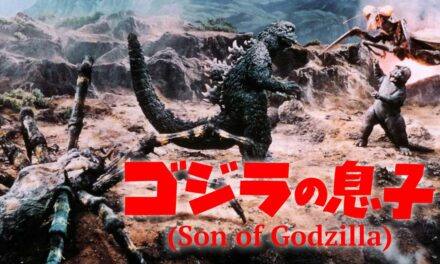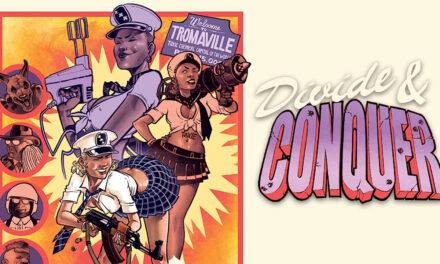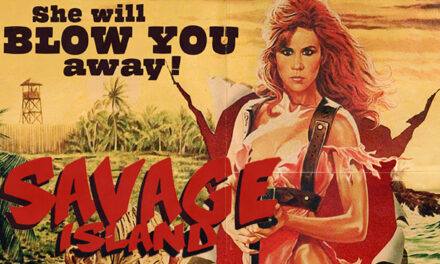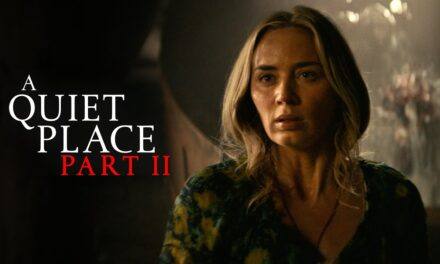In 1910, French novelist Gaston Leroux published Le Fantôme de l’Opéra inspired by historical events at the Paris Opera House. The book proved to be such a hit that Universal bought the rights to adapt it to film in 1922. 1925’s The Phantom of the Opera starring Lon Chaney Sr. proved to be a massive hit for the studio. With the advent of sound, Universal released a sound version in 1930, though Chaney’s phantom wasn’t given a voice. After establishing a successful series of horror films with 1931’s Dracula, Universal announced a remake in 1935 but was canceled. Following the Laemmle’s being bought out, plans resurfaced in 1941, with Arthur Lebin directing after Henry Koster was fired. Initially, Boris Karloff was considered for The Phantom before Lubin decided on Claude Rains, claiming he was his “only choice”. In 1943, Universal’s Technicolor remake of Phantom of the Opera was released.
%
Rating
Synopsis
Erique Claudin (Claude Rains) is a violinist at the Paris Opera House who’s recently been let go due to arthritis. Unfortunately, he has no retirement money, having spent it on singing lessons for young opera singer Christine Dubois (Susanna Foster). Claudin decides to sell his concerto with no response and believes it was stolen when he hears someone playing it. After killing publisher Maurice Pleyel (Miles Mander), Claudin gets acid splashed on his face and he escapes into the sewer. Sometime later, a mysterious figure drugs Mme. Biancarolli (Jane Farrar) so that Christine will perform in her stead, dazzling everyone. Soon, Biancarolli and her maid are killed by the mysterious figure, who leaves a note that Christine becomes her replacement. Meanwhile, Officer Raoul Dubert (Edgar Barrier) stages a plan to capture this mysterious figure, known as The Phantom. Who is The Phantom, and what will become of the opera?
Review
Phantom of the Opera boasts a large production, being the only Universal Monster movie shot in color instead of black-and-white. The film reuses the sets from 1925’s The Phantom of the Opera, but it takes great advantage of it. There are tons of wide, sweeping shots of the opera house set, showing the full scope and size. It’s easy to see how this film won two Oscars, one for Best Art Direction and Best Cinematography. Storywise, this film seems more focused on the musical aspect than necessarily the horror angle, which is good and bad. On the one hand, the emphasis on music over horror makes it somewhat disappointing as a Universal Monster movie. On the other hand, the musical sequences are handled very well, and the singers and dancers are very talented. The whole thing comes across as a bit of a mixed bag.
Casting-wise, everyone does a good job, especially Claude Rains as Erique Claudin/The Phantom, exuberating both charisma and intimidation. Given the changes to his backstory, he’s a much more sympathetic character, though he lacks the menace of Lon Chaney. Susanna Foster, on top of being a great singer, makes for a good leading lady, though her role’s somewhat underutilized. There’s also a love triangle between her, Nelson Eddy’s Anatole Garron, and Edgar Barrier’s Raoul Dubert that doesn’t go anywhere. At 90 minutes, it’s one of the longer Universal Monster movies, and it, unfortunately, drags quite a bit midway through. Granted, some moments stand out, including Claudin getting acidic face burns or the big scene of the chandelier crashing down. Fans of the musical will probably enjoy this more, but conventional horror fans might be disappointed with this watered-down version. Overall, Phantom of the Opera is a flawed but beautiful film.
Buy Phantom of the Opera on Amazon: https://amzn.to/348fVoc




